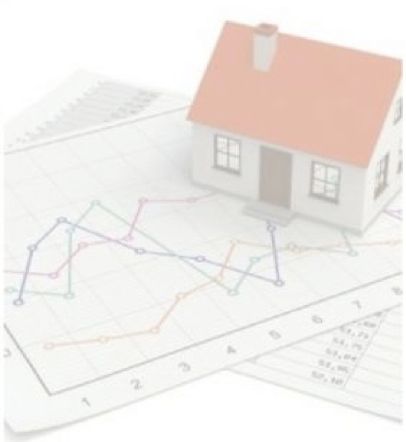
With all the pressures bearing down on the economy – including the calamity being courted on Capitol Hill – it’s sometimes hard to focus on what, under the circumstances, will inch things along in a positive direction. But the National Association of Realtors recently gave it a shot.
The stability of the housing market “will lead to a quicker and greater economic recovery,” the NAR declared last week in a letter to Shaun Donovan, secretary of Housing and Urban Development, Tim Geithner, secretary of the Treasury, and Gene Sperling, director of the National Economic Council.
I suppose it could be argued that the market is stable – in the ICU. But we need to let the NAR explain further. A recent Chicago Tribune column summarizes four main points that the association says will go a long way toward putting the market back on its feet. The first point addresses Dodd-Frank rules for home loans, which, if they are to qualify for securitization by Fannie Mae or Freddie Mac, require lenders to retain 5% of the loans on their books or, alternatively, require borrowers to post a minimum 20% down payment. By meeting the latter standard, a loan becomes what is known as a “qualified residential mortgage,” or QRM.
NAR on QRM drawbacks
NAR argues that the QRM rule is too stringent and says it typically takes prospective homeowners an unrealistic amount of time –14 years, on average – to save up enough money to lay out 20% in cash. The group also contends that the high down payment does plenty to diminish homebuyers’ savings and little to reduce the risk of loan delinquencies.
No surprise that the NAR’s position hews closely to the stance taken by the National Association of Home Builders on this issue, although it is not clear that, once the market regains some semblance of a pulse, many homeowners will strive for a 20% down payment anyway. In reality, the majority probably will opt to pay a bit more in mortgage insurance costs and overall fees for financing that requires the lender to retain 5% of the risk.
In general, the NAR complains, lending standards currently imposed by Fannie Mae, Freddie Mac, and the Federal Housing Administration are too stringent, particularly given current market conditions.
Limits on loan limit drops
The third priority on NAR’s market-salvation list is to extend current limits for loans conforming to FHA, Fannie Mae, and Freddie Mac standards. Conforming-loan limits in as many as 669 counties nationwide, which were raised by Congress in 2008 in response to the economic crisis, are due to revert to statutory levels on October 1. That would mean an average decline of $68,000. In high-end markets such as New York and San Francisco, the limit would drop about 13%, to $625,000 from about $725,000.
Donovan, however, says the limits should expire as scheduled. “We continue to believe that this is the right step to take now and that it’s not going to have a major impact on the market going forward,” he told Bloomberg News.
Flood insurance
NAR also advocates reauthorizing the National Flood Insurance Program, which was established in the late 1960s to provide flood insurance – and offset the costs of disaster relief – for properties in communities that enforce flood plain management. As the association notes, the program is, for the tenth time in two years, set to expire. President Obama signed off on an extension of the program on September 30, 2010, but the extension is set to expire on September 30 of this year.
Acknowledging that weather conditions and flood plains are changing unpredictably, the NAR says “having a full-funded insurance program is essential to a properly functioning real estate market.”
Fine Homebuilding Recommended Products
Fine Homebuilding receives a commission for items purchased through links on this site, including Amazon Associates and other affiliate advertising programs.

Reliable Crimp Connectors

8067 All-Weather Flashing Tape

Affordable IR Camera



























